The energy associated with the bonds between the molecules which break or makes during the chemical reactions is called chemical energy.
The exciting electron radiates a wavelength, if it is in the visible region that is in the range of 400-700nm then the light appears to us. The energies electron mobiles thus produce the electric current necessity to lit the light bulbs thus converting chemical energy to light energy.
What is a Chemical Energy to Light Energy?
It is a conversion of the energy produced by the chemical to light energy.
The chemical components consist of cations and anions which acquire negative and positive charges respectively, the mobility of these charges produces electricity that is used for a light source.
The chemical energy is directly converted into light energy in a combustion process or upon some chemical reaction caused coming in contact with the air called an oxidation reaction. Or, chemical energy can also be converted to electrical energy to obtain light energy. The mobility of the charges present in the objects also produces electrical energy which is converted to light energy.
Read more on 12+ Example Of Chemical Energy To Light Energy: Detailed Explanations.
How to Convert Chemical Energy to Light Energy?
The energized photon excited at a certain frequency in a visible region moving with the kinetic energy is called light energy.
The chemical energy can be converted to light energy when there is a chemical reaction or mobility of the charges. The excitation of electrons on supplying the energy to the valence electron in an outer shell also produces light energy.
Read more on 10+ Example Of Electrical Energy To Chemical Energy: Detailed Explanations.
Here, we shall discuss some of the examples that convert chemical energy to light energy. There are a number of processes that involves the conversion of chemical to a light source.
Combustion of Coal
Burning coal gives out light energy along with the carbon dioxide on reacting with oxygen because coal is made up of carbon. This light energy is further converted into thermal energy.
Burning
The first thing that comes into the picture is a fire that emits radiation, thus burning converts the chemical energy of the substance into light energy.
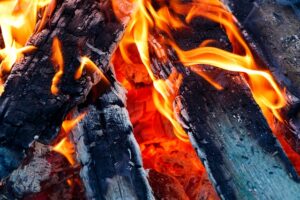
Burning anything in the open-air results in a reaction with oxygen. This releases carbon dioxide into the atmosphere. Any organic substances consisting of hydrocarbons, upon reacting with oxygen while burning gives out carbon dioxide and heat.
Read more on How Chemical Change Occurs: Detailed Analysis.
Batteries
On connecting to the source, the cations and anions constituted in a battery move and there is a conduction of electricity on their mobility. This electrical energy generated is converted into light energy. This is used in dry cells, nickel-cadmium, Lithium-ion rechargeable batteries, etc.
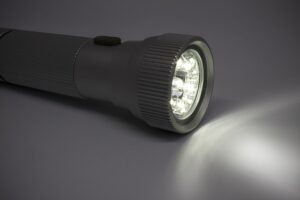
Read more on 16+ Example of chemical to mechanical energy: detailed explanations.
Bioluminescence
Some organisms possess luciferin which upon reaction with oxygen in the air gives out light. Fireflies, phytoplankton, dinoflagellates, mushrooms, and even jellyfish consist of this chemical.
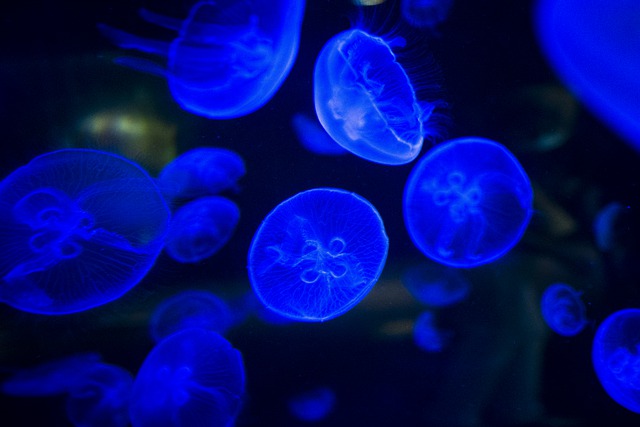
Read more on 14+ Example of chemical energy to kinetic energy: detailed explanations.
Petroleum
Petrol readily catches fire on coming in contact with fire. On burning the petroleum, it releases light energy giving out thermal energy in the form of heat, and produces gasoline.
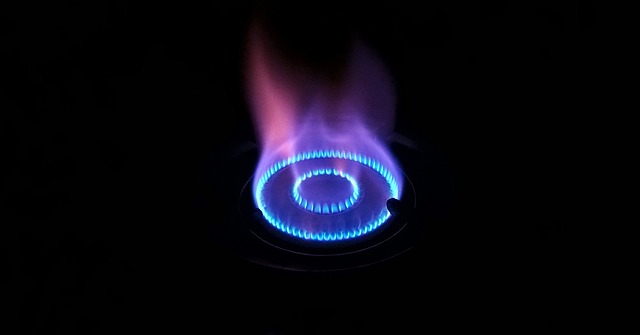
Read more on 10+ Example of Chemical Energy to Electrical Energy: Detailed Explanations.
Highly Reactive Elements
When these highly reactive elements come in contact, they get oxidize and catch fire giving out light. The most highly volatile element in the air is potassium, which upon coming in contact with air, directly catches fire. Hence, potassium is stored in kerosene to prevent it from coming in contact with air as kerosene is hydrophobic too.
Rubbing
We know that rubbing causes the particles to present on the surfaces of objects to get charged. Sometimes rubbing continuously produces the excitation of these charged particles due to the frictional force applied on the surfaces that are rubbed across each other. Due to the enormous excitation of electrons, the object catches fire and transfers heat energy into light energy.
Electricity through Chemical Energy
When two chemical components react, there is an exchange of the cations and anion among each releasing a huge amount of energy during the reaction.
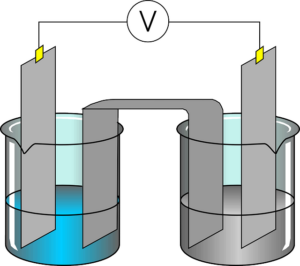
If you take solution A in container A and solution B in container B and insert the ends of a wire dip in both the containers, and connect a light bulb in a close circuit, then you will notice that a bulb glows. This is because there is a migration of charges from container A to B and from B to A that produces electricity across the wire and helps the bulb glow.
Read more on Example Of Chemical Change Which Is Reversible: Detailed Analysis.
Nuclear Fission
The sun is an example of the light radiated due to fission between the hydrogen and helium atoms and this technique is also used in nuclear gadgets.
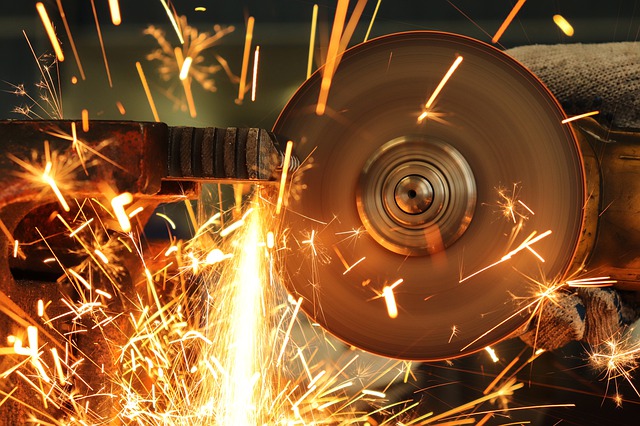
It is a process in which a parent nuclei splits up into two daughter nuclei releasing out huge amount of energy. This immense amount of energy is obtained due to the kinetic energy associated with the nuclei which come and bombard the parent nuclei. On colliding with the nuclei, mobile nuclei energy is transferred to the parent nuclei and it becomes unstable thus splitting up into two daughter nuclei and the process continues. The thermal energy thus produces radiates energy in the form of heat as well as light.
Read more on Irreversible Chemical Change Examples: Detailed Analysis.
Frequently Asked Questions
Can friction produce light energy?
The friction is produced when two surfaces rub across each other.
The heat energy is generated pertaining to a friction force. If there is a combustion of the object constituting the highly reactive chemical element then friction may result in the conversion of chemical to light energy.
Why some living creatures can emit light deep underwater?
Deep in the ocean light does not penetrate through the water levels.
But there are some organisms like a few mushrooms, phytoplankton, corals, that emit light. This organism possesses luciferin that radiates light when reacts with the oxygen in the water.
Click to read more on Sound Energy to Radiant Energy.
Also Read:
- How to estimate mechanical energy losses due to friction
- How to estimate energy in a lunar base
- How to design potential energy based emergency power systems for high rise buildings
- How to enhance potential energy usage in mechanical clocks for improved longevity
- How to increase elastic energy storage in archery bow strings
- How to calculate energy in a magnetic field
- What does not affect potential energy
- How to find energy gap in semiconductors
- How to find useful energy output
- How to enhance sound energy management in vehicle cabin noise reduction
Hi, I’m Akshita Mapari. I have done M.Sc. in Physics. I have worked on projects like Numerical modeling of winds and waves during cyclone, Physics of toys and mechanized thrill machines in amusement park based on Classical Mechanics. I have pursued a course on Arduino and have accomplished some mini projects on Arduino UNO. I always like to explore new zones in the field of science. I personally believe that learning is more enthusiastic when learnt with creativity. Apart from this, I like to read, travel, strumming on guitar, identifying rocks and strata, photography and playing chess.